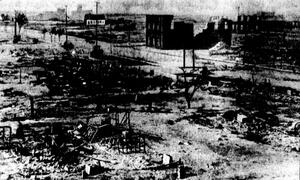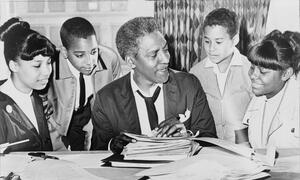article
Portfolio Activity for “Getting the Civil War Right”
Grades: 9-12 Subjects: Social Studies, Reading and Language Arts Categories: History As this Teaching Tolerance story tells us, it’s important to study history—in particular first-hand documents—so that we can continue


